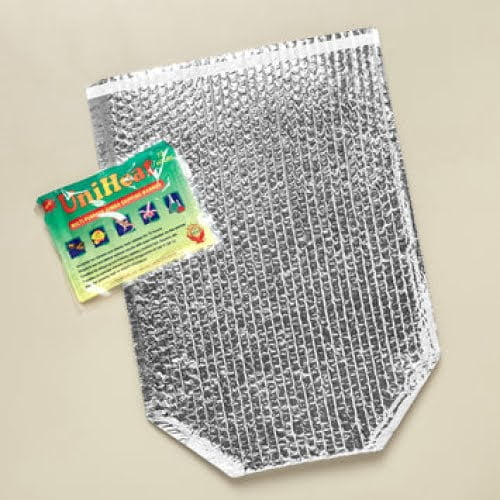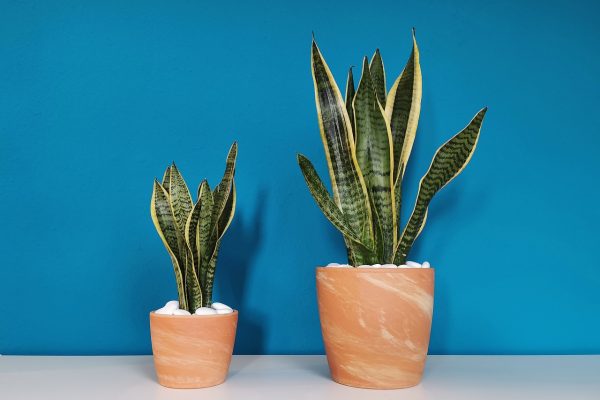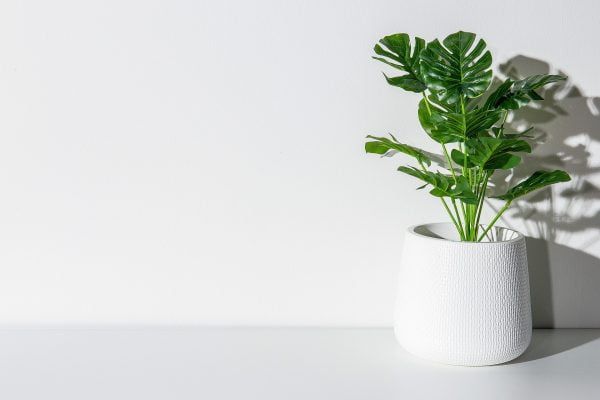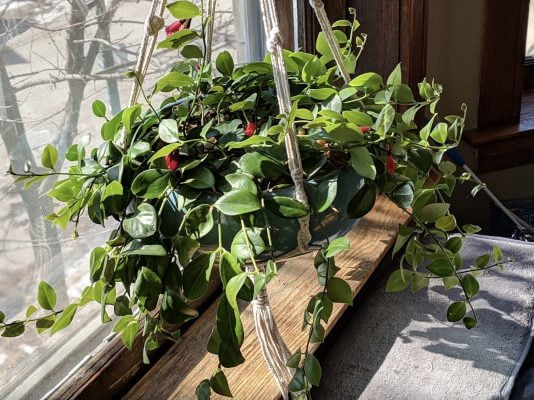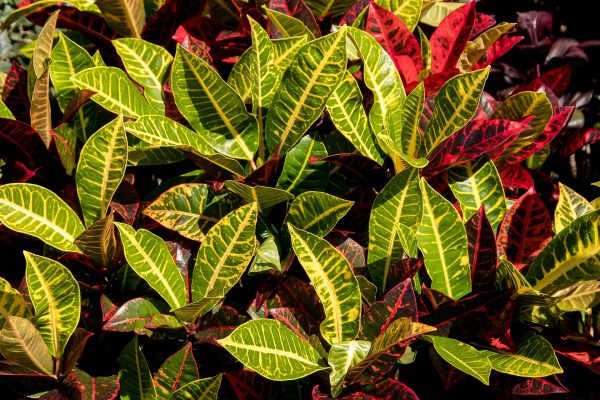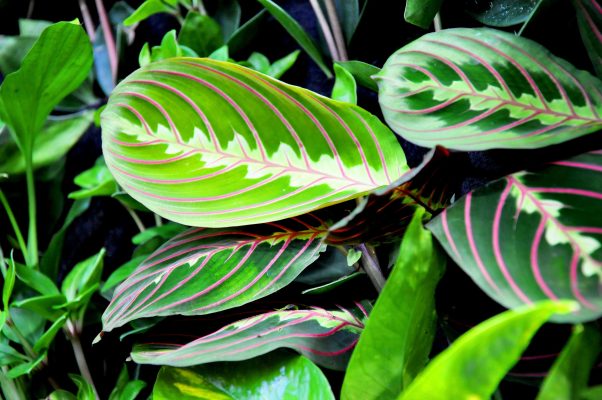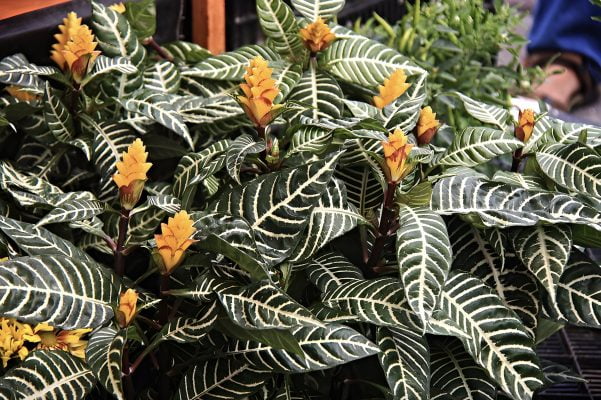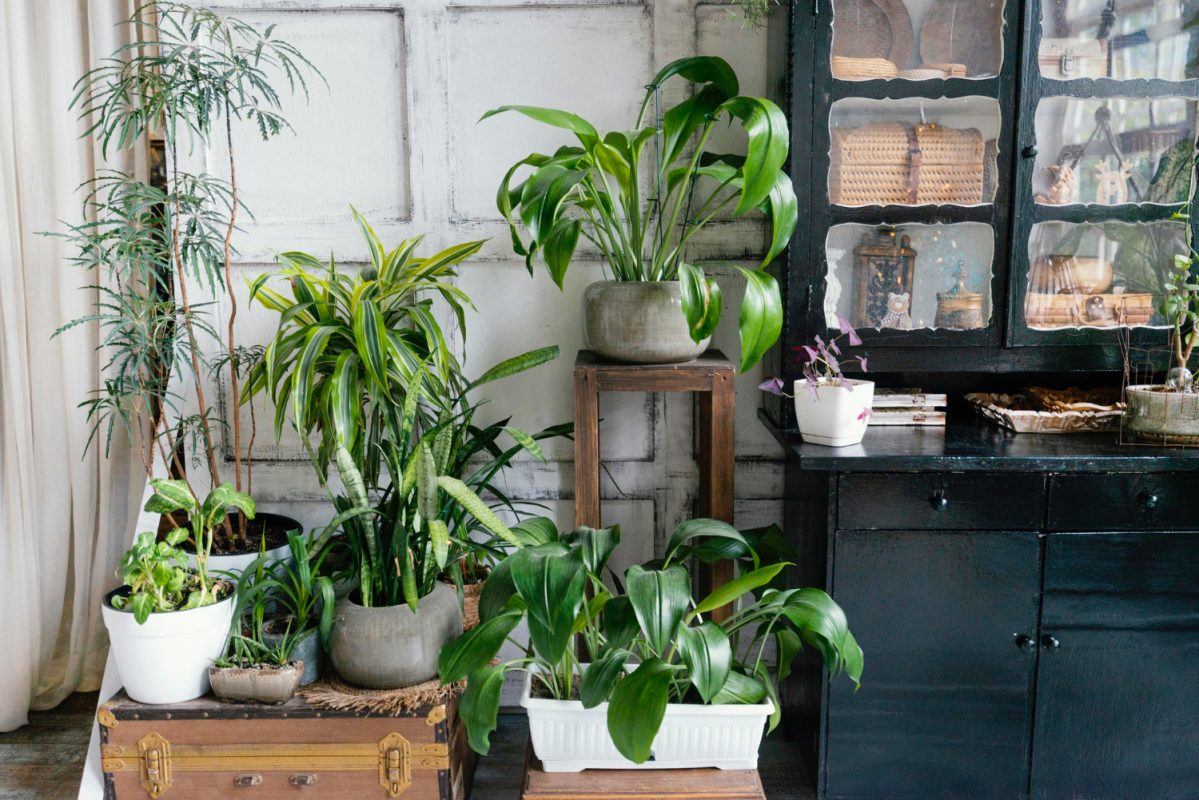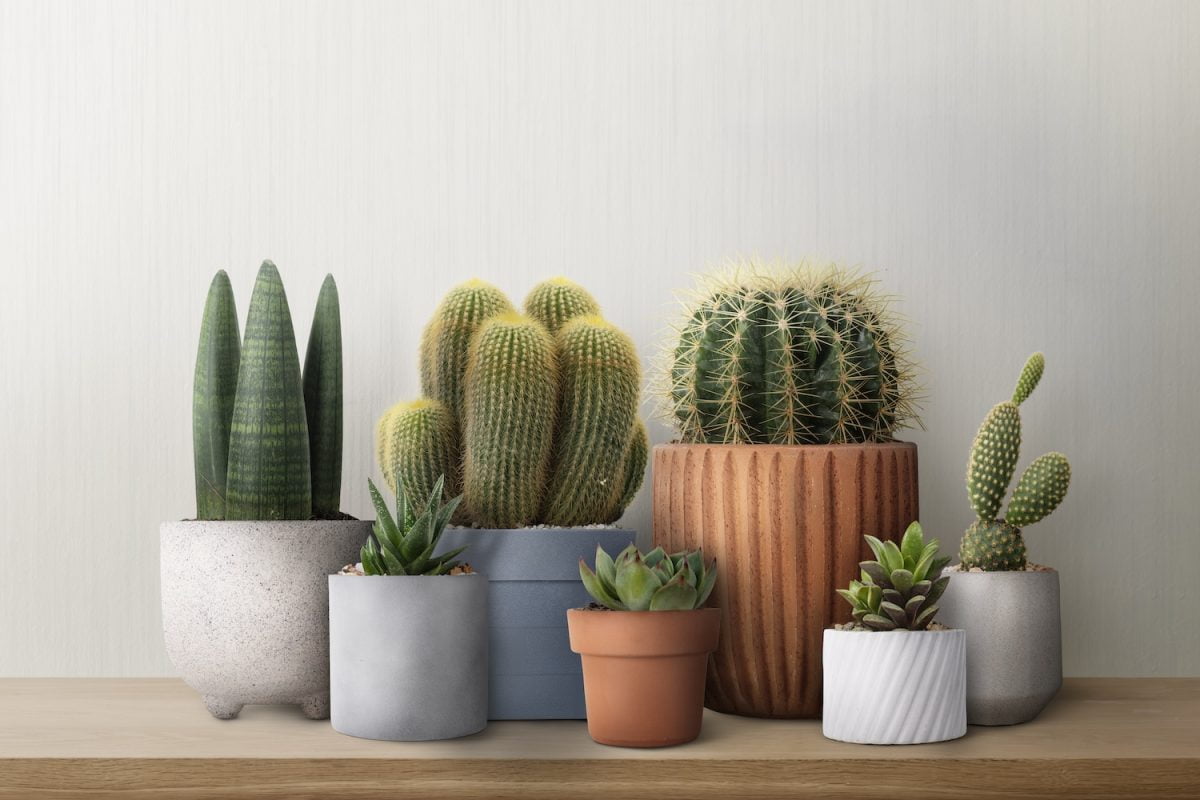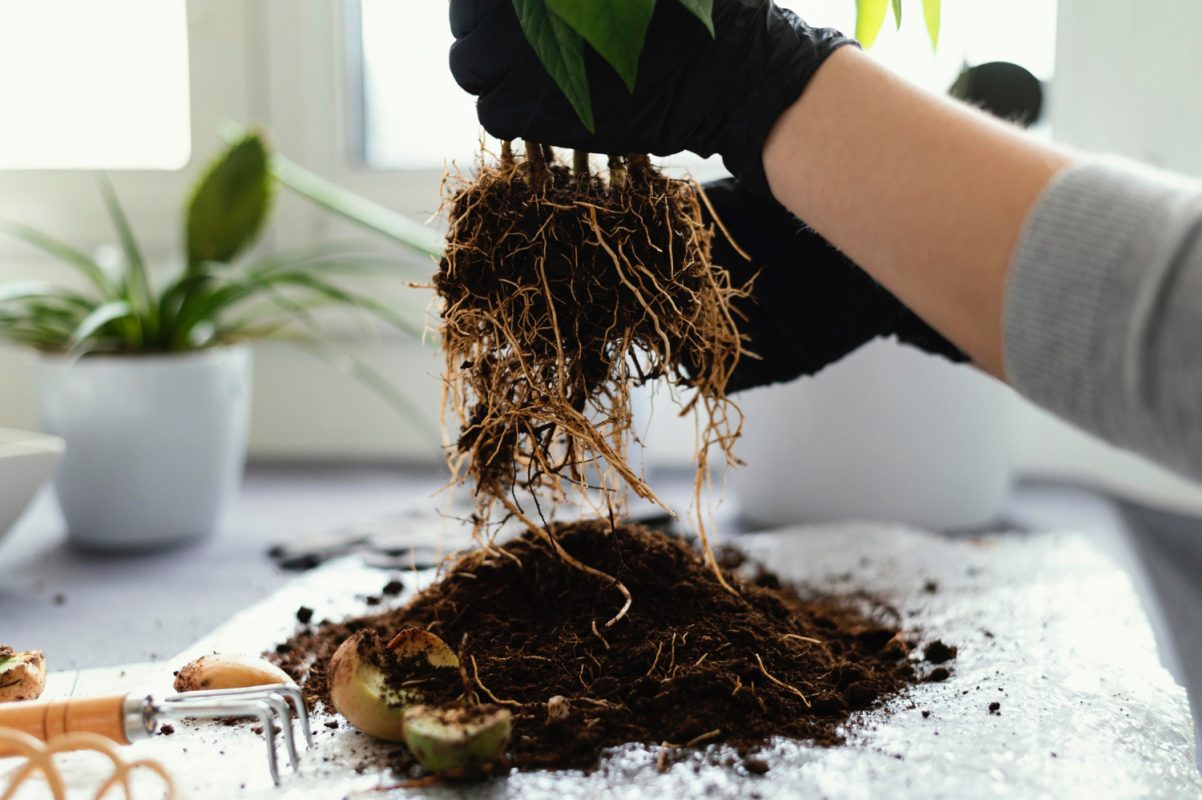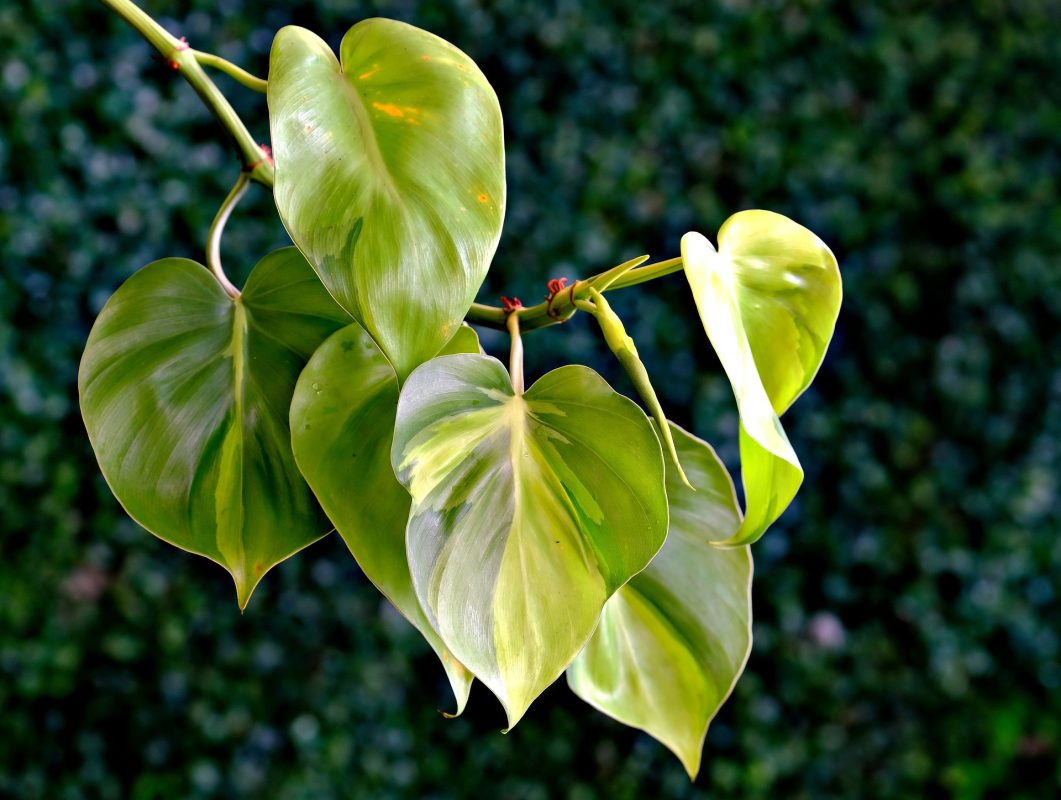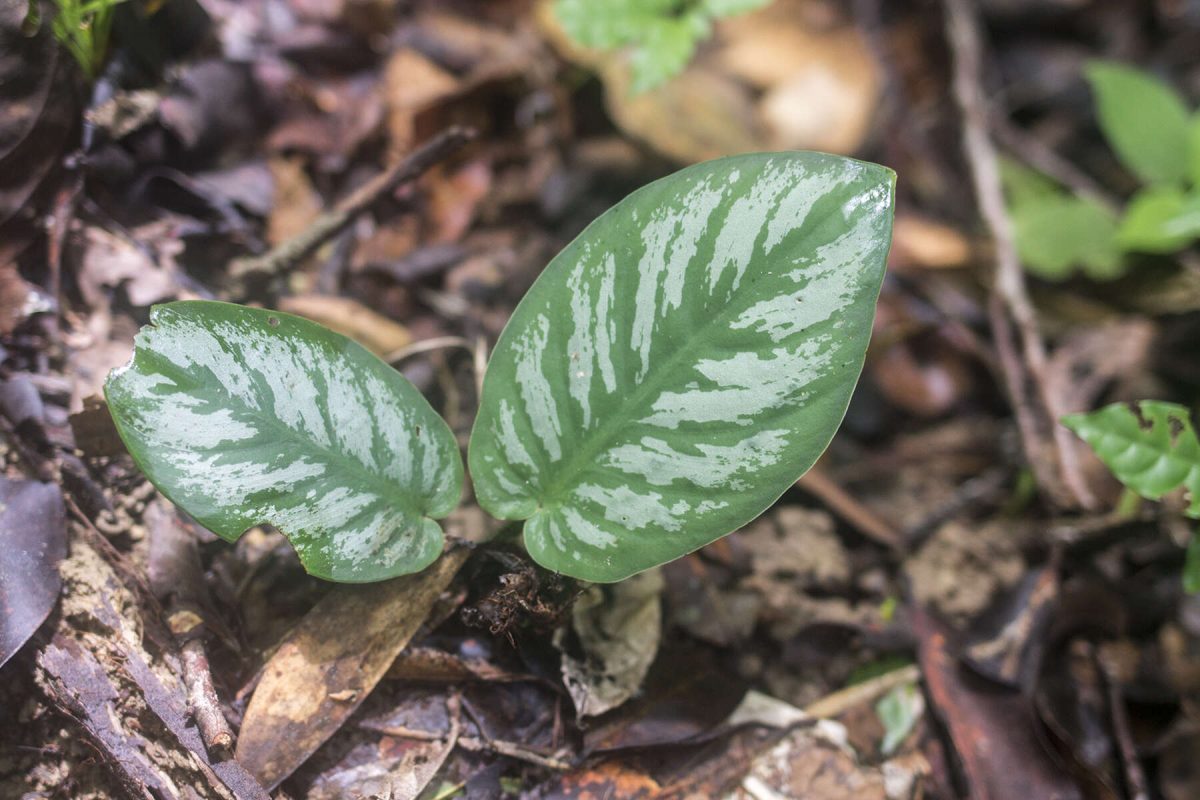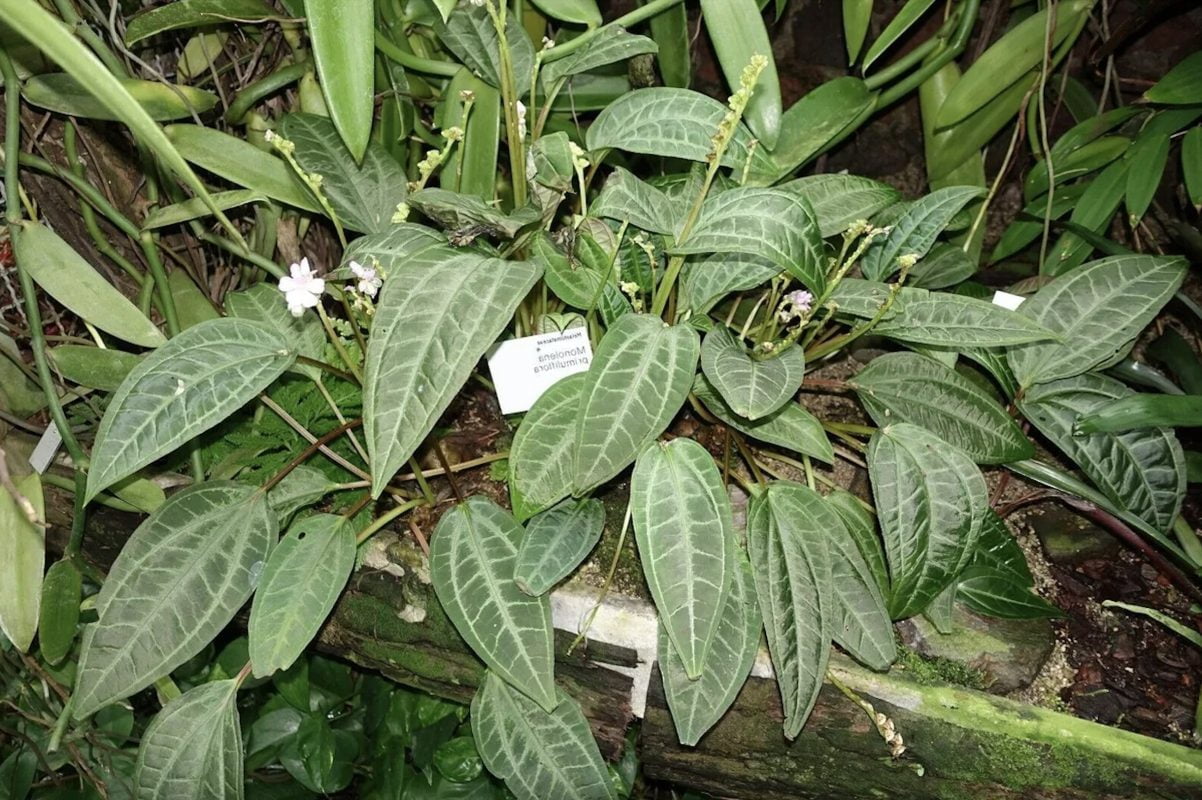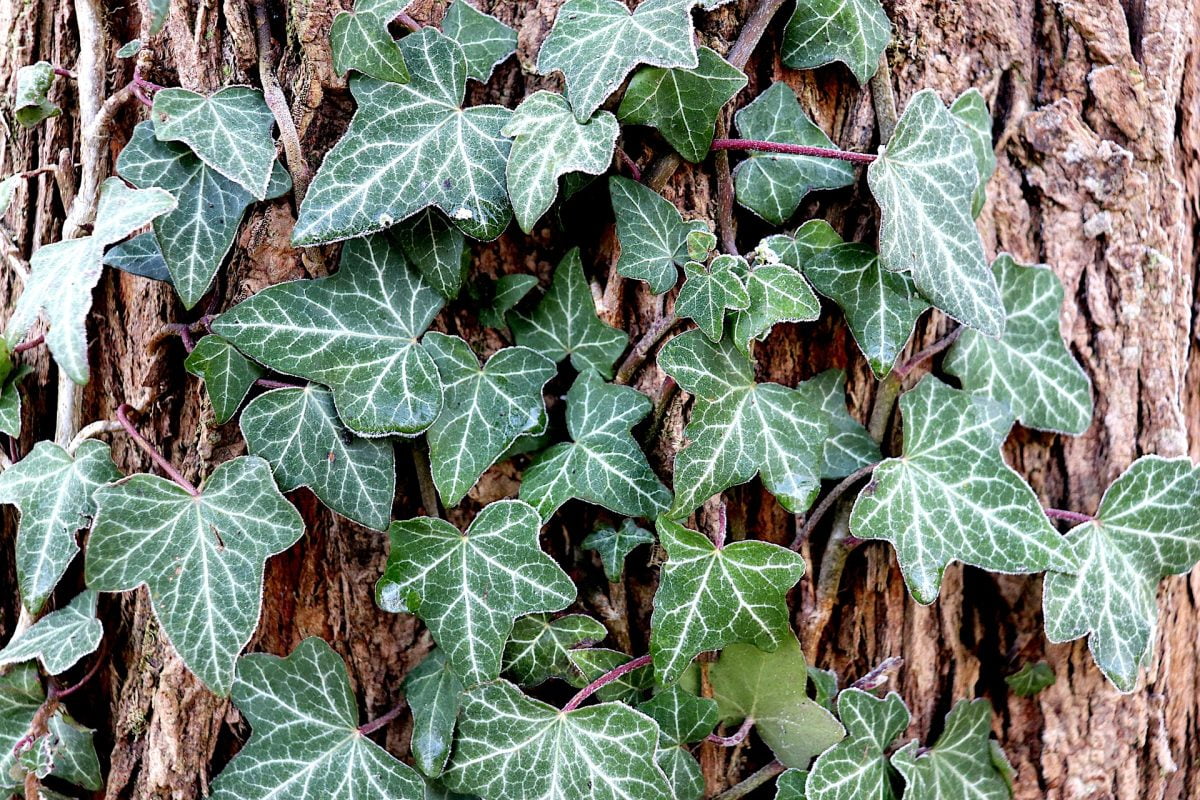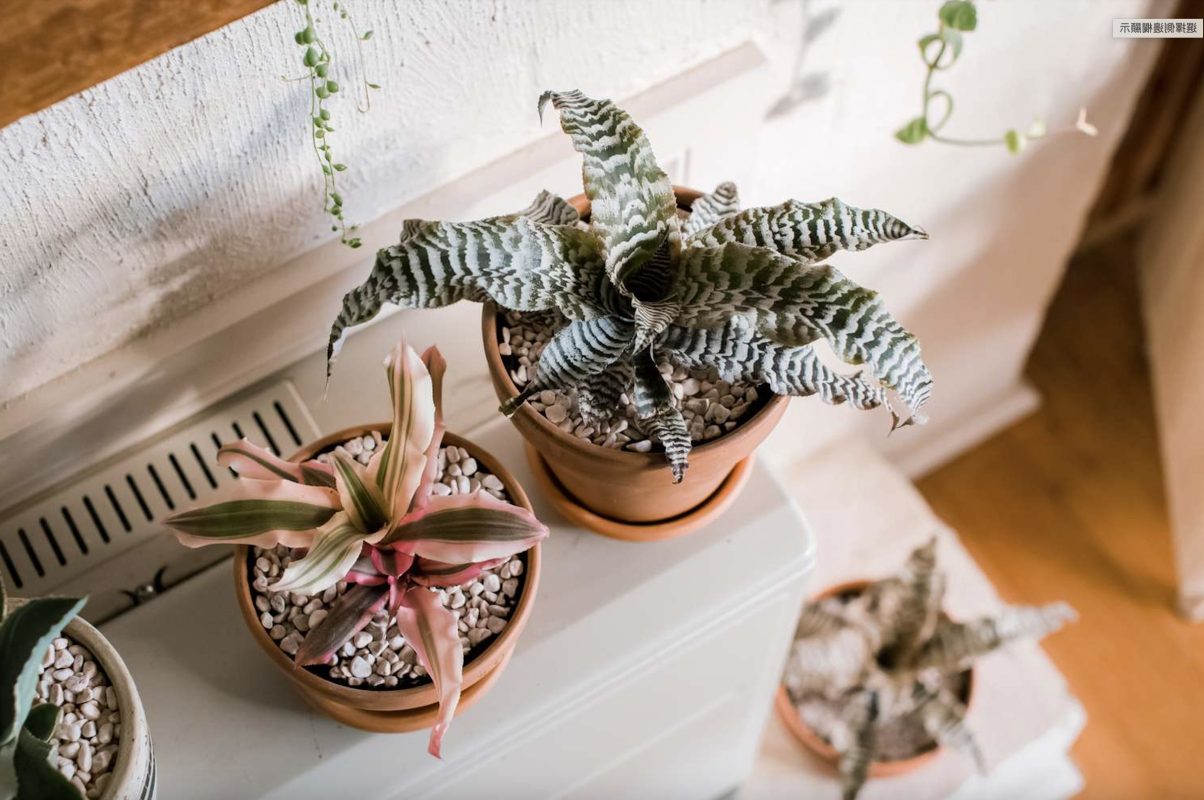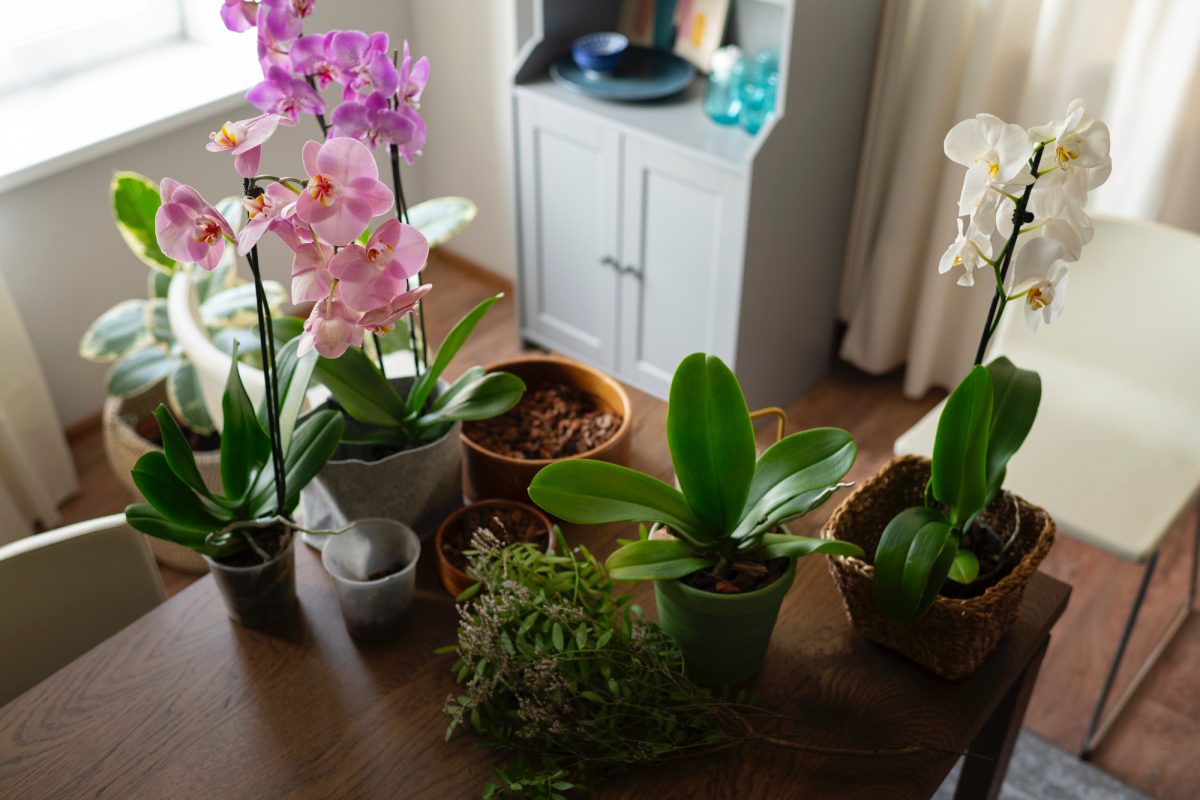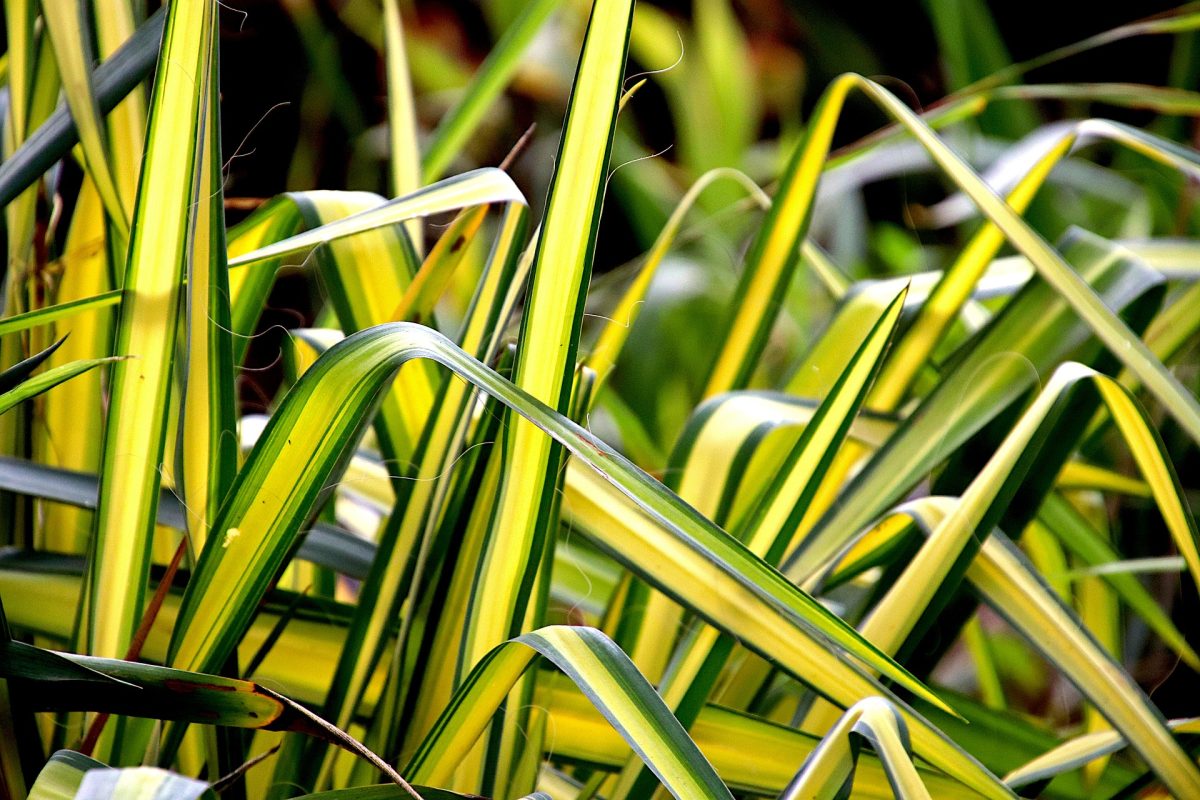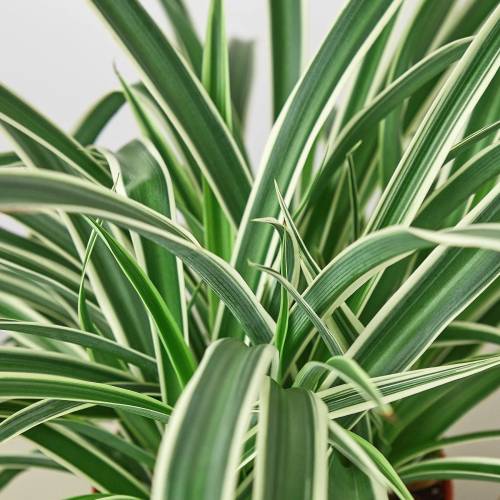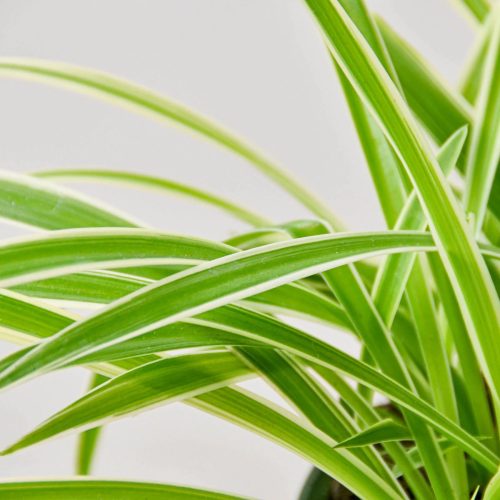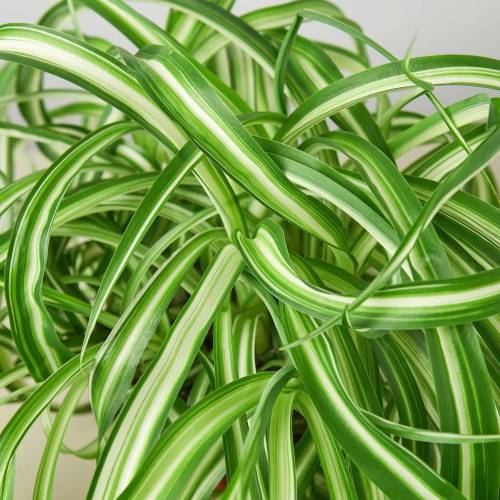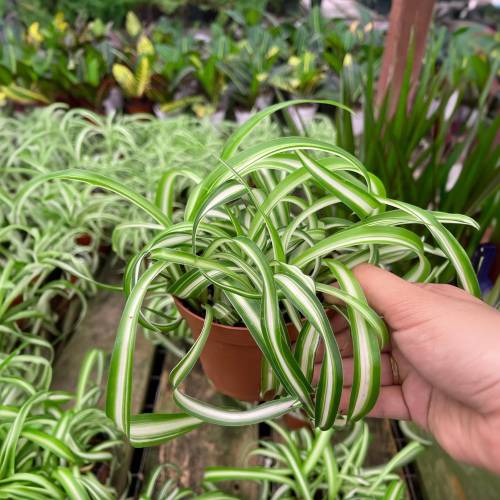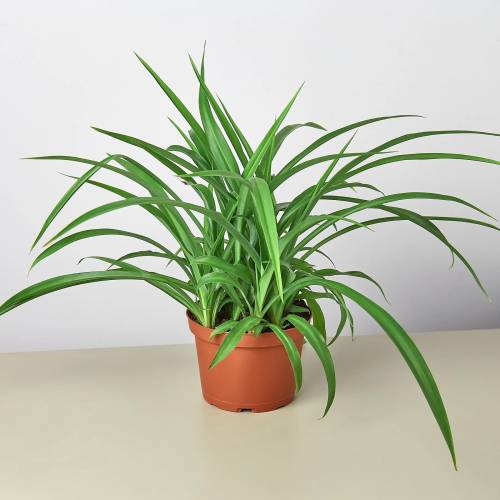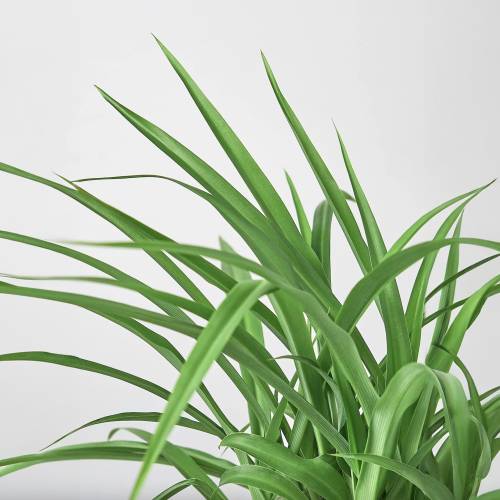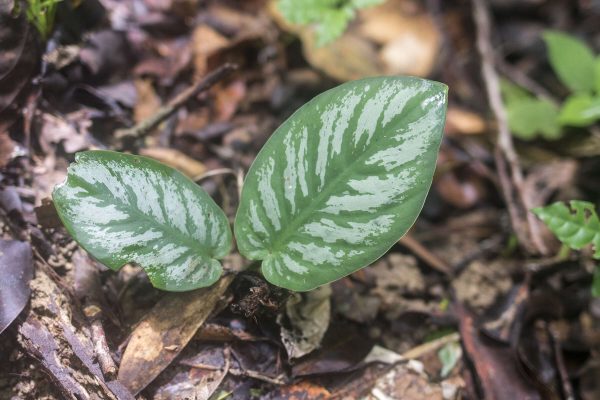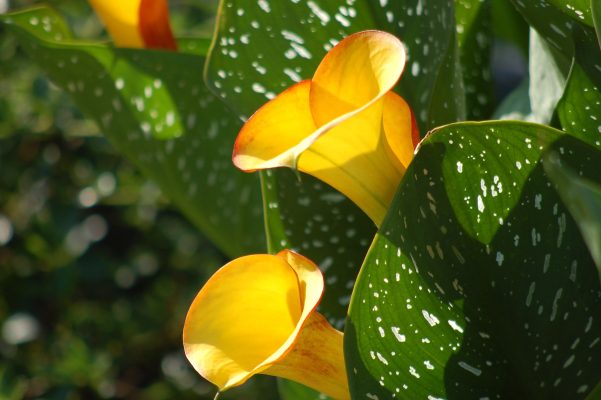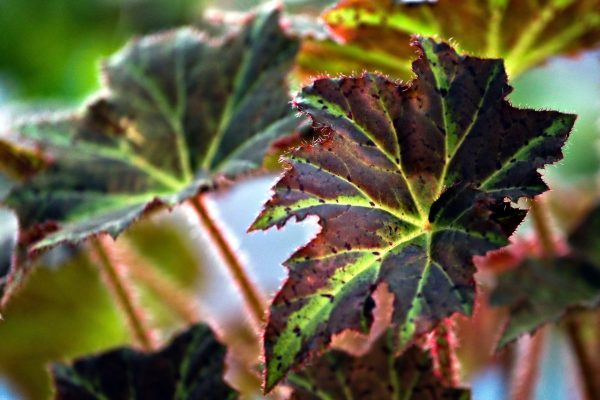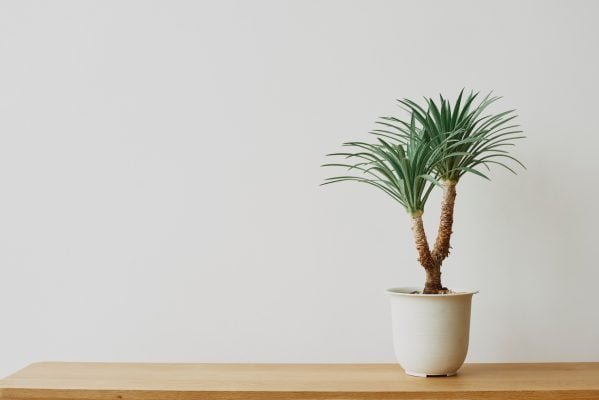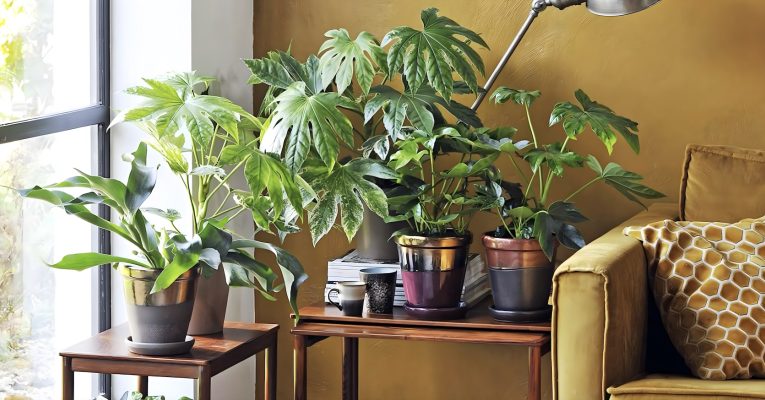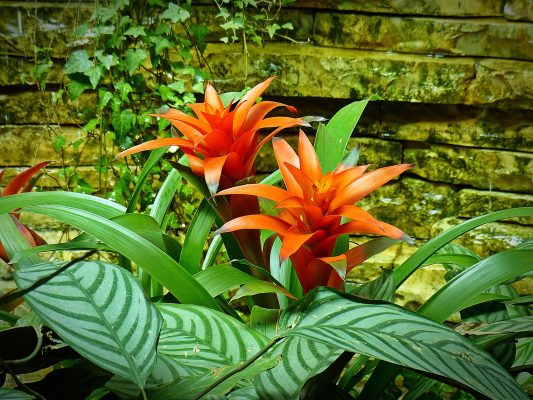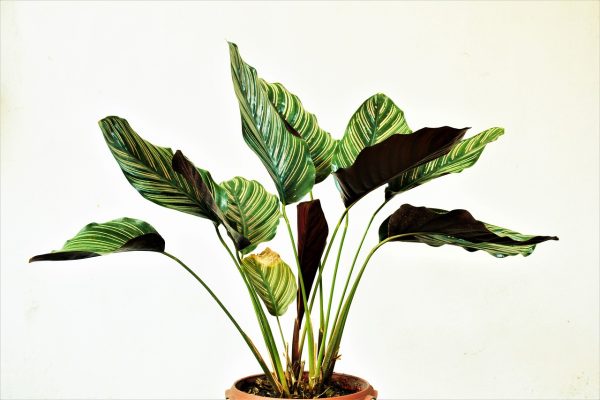The Spider Plant, admired for its arching foliage and air-purifying capabilities, is a resilient and visually captivating houseplant. This comprehensive care guide is your companion to cultivating the green elegance of Spider Plants, guiding you through the steps to nurture their cascading leaves, stimulate prolific growth, and transform your living space into a haven of natural charm.
I. Plant Overview:
- Scientific Name: Chlorophytum comosum
- Common Names: Spider Plant, Airplane Plant, Ribbon Plant
- Origin: Native to southern Africa.
II. Light Requirements:
- Ideal Conditions: Moderate to bright, indirect light. Spider Plants thrive in well-lit areas.
- Tolerance: Adaptable to lower light conditions, but growth may slow.
III. Watering:
- Frequency: Allow the top inch of soil to dry before watering. Water thoroughly and let excess water drain.
- Water Quality: Use room-temperature water. Spider Plants are tolerant of occasional dry periods.
- Humidity: Adapts well to average indoor humidity levels.
IV. Soil:
- Type: Well-draining potting mix. A standard indoor plant mix or a blend for tropical plants is suitable.
- pH Level: Slightly acidic to neutral (pH 6.0-7.0).
V. Temperature and Humidity:
- Temperature: Maintain a moderate environment between 60-75°F (15-24°C).
- Humidity: Spider Plants are adaptable to a range of humidity levels.
VI. Fertilization:
- Schedule: Feed every 4-6 weeks during the growing season (spring and summer).
- Fertilizer: Use a balanced liquid fertilizer, diluted to half strength. Reduce fertilization in the dormant season.
VII. Pruning and Maintenance:
- Pruning: Trim brown or yellow leaves. Remove spiderettes (offshoots) for propagation or to maintain a tidy appearance.
- Cleaning: Wipe leaves with a damp cloth to remove dust.
VIII. Repotting:
- Frequency: Repot every 1-2 years or when the Spider Plant outgrows its container.
- Procedure: Gently lift the plant, inspect roots, and repot in fresh soil. Choose a container with drainage holes.
IX. Common Issues and Solutions:
- Brown Tips: Usually due to dry air. Increase humidity and ensure consistent watering.
- Yellow Leaves: Overwatering or underwatering. Adjust watering habits accordingly.
- Pests: Occasionally susceptible to spider mites. Rinse the plant or treat with insecticidal soap.
X. Display Tips:
- Showcase the cascading beauty of Spider Plants in hanging baskets or on elevated surfaces.
- Combine Spider Plants with other foliage plants for a lush and dynamic display.
- Create a spiderette nursery by allowing offshoots to root in water before planting.
Cultivating Spider Plants brings an enchanting green allure into your living space. This guide empowers you to care for Spider Plants, ensuring they thrive and weave their elegant charm throughout your indoor environment. Happy gardening!
our recommendation
you may also want to know



